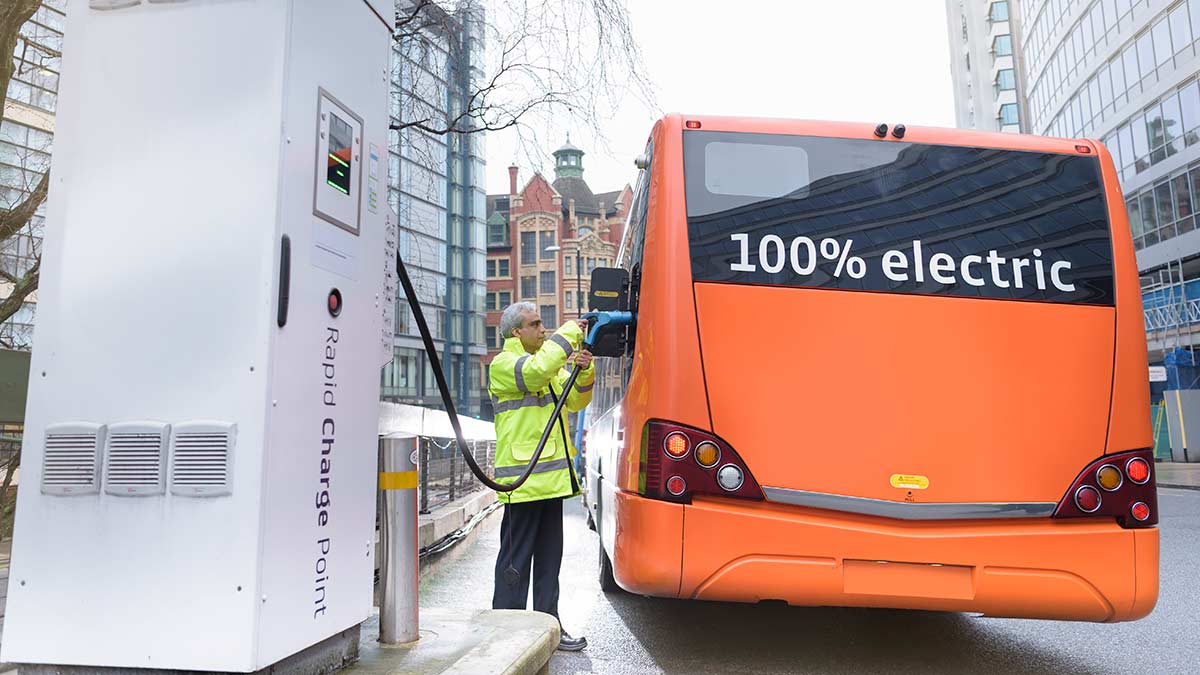Cobalt has stumbled this year, but EV growth is expected to drive demand and prices

Pic: Getty
The short-term outlook is perhaps not what cobalt producers were hoping for with expectations of a nearly 5 per cent dip in the price of the battery metal.
This year, cobalt prices are forecast to slip 4.6 per cent year-on-year to $US14.37 ($20.91) a pound with the market to remain balanced until 2021.
This is due to the shutdown of Glencore’s Mutanda mine offsetting the 9 per cent fall in demand due to the COVID-19 pandemic.
S&P Global Market Intelligence noted that refined demand was expected to decline by just 5 per cent per cent due to the increase in plug-in electric vehicle (EV) sales in Europe, where cobalt-free lithium-ion phosphate (LFP) batteries are not widely used.
While plug-in EV sales are forecast to decrease by 7.63 per cent year-on-year to 1.95 million units in 2020, Chinese sales are expected to recover in 2021 on the back of a broader auto market recovery and the extension of government new energy vehicle subsidies to 2022.
In the European Union, the passenger plug-in penetration rate is expected to increase by 12 percentage points to 5 per cent this year as automakers target their production and sales strategies to meet new vehicle emissions rules.
The penetration rate is expected to grow quickly from 2021 as automakers increase their offerings to meet the EU’s average emission target of 95kg of carbon dioxide per kilometre for new cars.
S&P says the increase in plug-in sales while Mutanda remains shut is expected to push the cobalt market into deficit in 2022.
This will support cobalt prices. S&P sees them potentially rising and staying above the $US20-a-pound mark from 2022.
The deficit is expected to remain in place even after Glencore brings Mutanda back in production in 2023.
However, S&P warned that the cobalt market would experience greater demand uncertainties from vehicle electrification compared with lithium as the chemistry choice that affects cobalt consumption intensity remains more unpredictable.
It noted that its forecast is dependent on the current share of LFP chemistry in China being sustained.
Should Tesla expand the use of LFP in its Tesla 3 model to other models produced in China, it could lower cobalt demand and prices.
Largely a by-product
There is very little primary production of cobalt, with 98 per cent of supply coming from either copper or nickel mines.
The copper belt in the Democratic Republic of the Congo (DRC), Central African Republic and Zambia yields most of the cobalt mined worldwide.
The Bou Azzer mine in Morocco is currently one of the world’s only operating primary cobalt mines and has been in operation since the 1930s.
There are very few pure play cobalt explorers on the ASX, with the closest being Cobalt Blue Holdings (ASX:COB), which is advancing the Broken Hill cobalt project in New South Wales.
The company says the project is Australia’s largest cobalt sulphide deposit and a top 10 global cobalt mine.
Broken Hill currently hosts a resource of 111 million tonnes at 715 parts per million cobalt and 7.8 per cent sulphur, for 79,500 tones of cobalt and 8.7 million tonnes of sulphur.
There are also a bunch of ASX-listed explorers that could potentially have a nice by-product credit if the price goes for a run.
Blackstone Minerals’ (ASX:BSX) recent nickel-focused drilling at the Ban Chang prospect in Vietnam has turned up some cobalt.
Besides high grades of both nickel and copper, the first hole at the prospect returned a top intersection of 1.05m grading 0.18 per cent cobalt within a broader intercept of 5.2m at 0.04 per cent cobalt.
Meanwhile, Chalice Gold Mines’ (ASX:CHN) new drilling at its Julimar nickel-copper-PGE discovery near Perth in WA, returned results including include 17.6m at 0.07 per cent cobalt about 191m from surface.
Three rigs are currently drilling at the ‘Gonneville Intrusive’, where Chalice made its company-making discovery in March.
New Century Resources (ASX:NCZ) recently entered into exclusive talks with Brazilian mining company Vale to acquire a 95 per cent stake in the troubled Goro high-pressure acid leach nickel-cobalt operation in New Caledonia.
Production at Goro is currently undergoing a process of “flowsheet simplification”, according to Benchmark Minerals.
At Stockhead, we tell it like it is. While Blackstone Minerals is a Stockhead advertiser, it did not sponsor this article.
Related Topics
UNLOCK INSIGHTS
Discover the untold stories of emerging ASX stocks.
Daily news and expert analysis, it's free to subscribe.
By proceeding, you confirm you understand that we handle personal information in accordance with our Privacy Policy.








